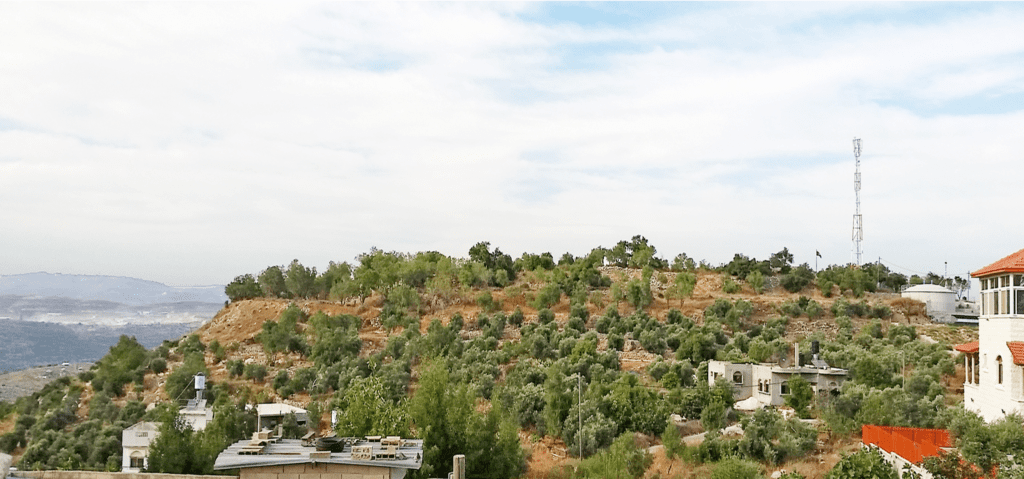Location and Identification
The site of Tell Abu Zarad is a major mound in central Palestine at the border between Samaria and Judea, on the main north-south route (R60) connecting Tell Balata/ancient Shechem with Jerusalem/ancient Urushalimum, and Ras el-‘Ain/ancient Aphek to the west with Beitin/ancient Bethel to the east.
The nearest pre-classical site to the south-east so far known is Khirbet Seilun/ancient Shiloh, which however seems partly later in terms of general occupation in respects of AZ.
AZ was already known from surveys in the 19th and 20th centuries and it was convincingly identified by Father F.-M. Abel o.p. with Biblical Tappuah (Josh. 12:17; 15:33; 16:8; 17:7-8)


Occupational outline of the site
Archaeological data concerning the site occupation in a chronological perspective were obtained by surface finds and survey, as well as by preliminary stratigraphic observations. There are, however, several historical sources which provide further information to be matched with archaeological evidence. They will be kept separated in the first stage of the project, as the site is untouched, and a fully unconstrained archaeological approach seems mostly required and appropriate.
Data provided by surface prospection and collection were mapped over the site topography to show the extension of human presence in different periods. The occupational range of AZ resulted from the Early Bronze Age to the Ottoman Period, i.e. from around 3000 BC to 1900 AD, with some somewhat significant gaps in the Intermediate Bronze Age, as well as in Middle Bronze I.
Basing upon surface finds, ground and underground investigations, a provisional draft of the site occupational history may be the following:
Period I – Early Bronze Age rural (unfortified) settlement (EB II-III, 3000-2500 BC)
Period II – Intermediate Bronze Age (tombs on the nearby hills) (EB IV, 2300-2000 BC)
Period III – Middle Bronze Age fortified city (MB II-III, 1750-1550 BC)
Period IV – Late Bronze Age town (LB I-III, 1550-1200 BC)
Period V – Iron Age settlement and city (IA I-II, 1200-586 BC)
Period VI – Hellenistic-Roman garrison (2nd century BC – 3rd century AD)/ar-Raja Burj
Period VII – Byzantine installation (4th – 7th century AD)
Period VIII – Islamic rural installation (Umayyad, Ayyubid, Mamluk, 7th – 16th century AD)
Period IX – Ottoman monument (17th – early 20th century AD)
Period X – 20th century (before Second World War).

